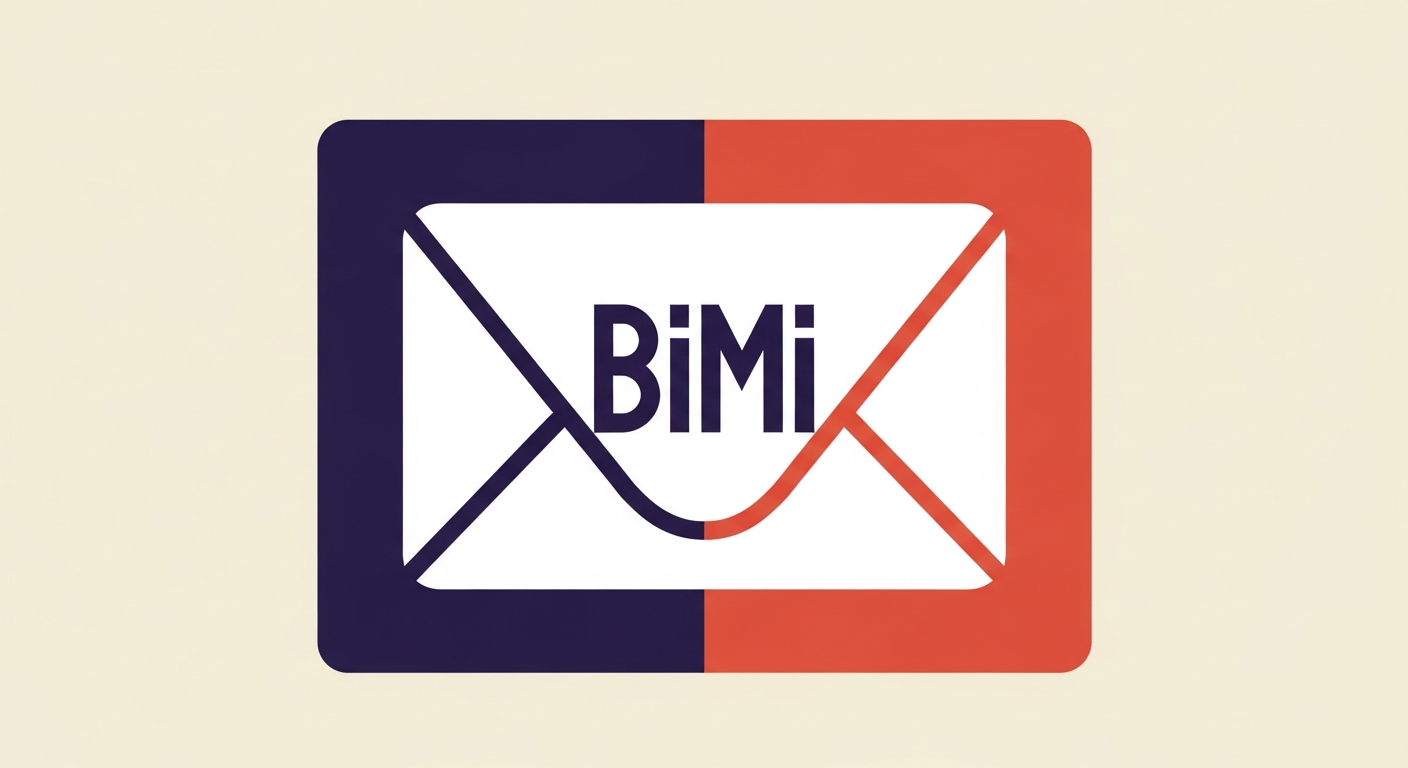What is the specific format for the BIMI TXT record name?

Michael Ko
Co-founder & CEO, Suped
Published 18 Jan 2025
Updated 19 Oct 2025
5 min read


_bimi.example.com
_bimi.example.com
marketing._bimi.example.com
mail._bimi.example.com

|
|
|
|---|---|---|
Record name | Host/Name in DNS. Includes _bimi and domain, optionally a selector. | default._bimi.example.com |
Record type | Always 'TXT' for BIMI records. | TXT |
Record value | The actual text content including version and logo URL tags. | v=BIMI1;l=https://logo.example.com/brand.svg |
